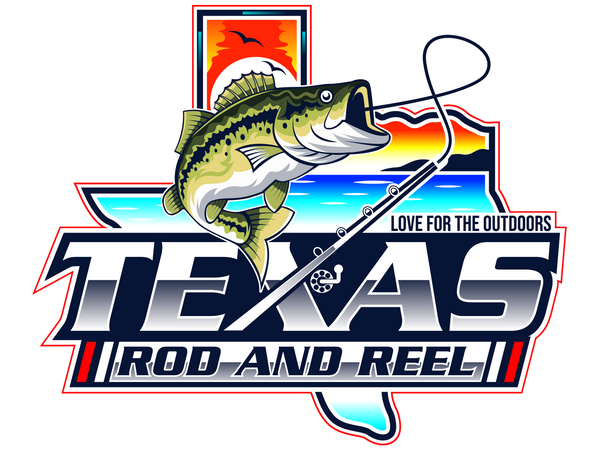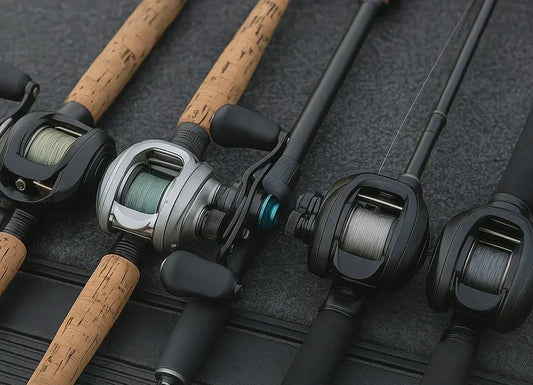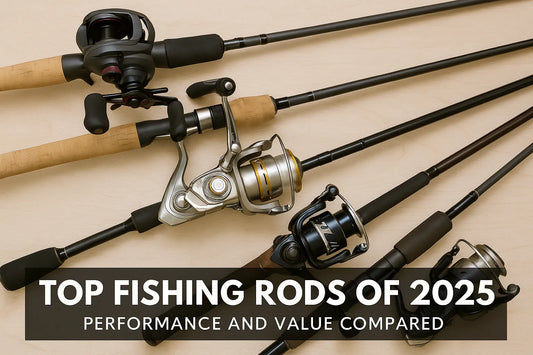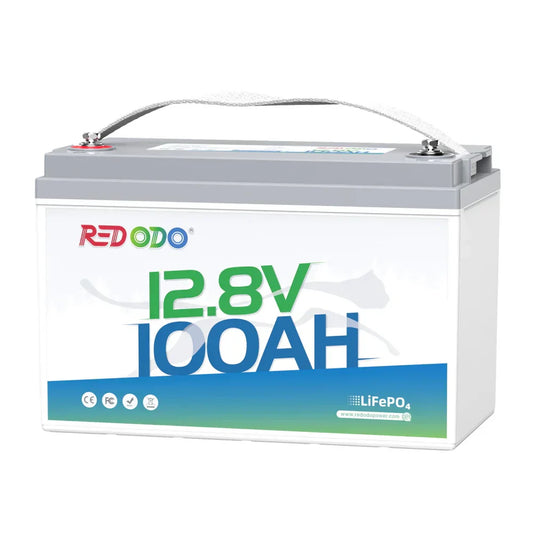🎣 Slot Limits Explained — What Texas Anglers Need to Know
If you’ve ever measured a fish and thought, “Wait… is this one legal?” — you’re not alone. Slot limits are one of the most misunderstood fishing regulations in Texas, yet they’re among the most important for maintaining healthy fish
🧭 What Is a Slot Limit?
A slot limit is a rule that protects fish within a certain size range — the "slot" — meaning you can't keep fish that fall inside that range.
Example:
On Lake Fork, you can keep:
🎯 Why Use Slot Limits?
Slot limits help protect:
-
Mature fish in prime spawning age
-
Young fish that need time to grow
-
The overall balance of fish size and quantity in a lake
It’s a biological balancing act — you’re allowed to keep a few, but the ones critical to the population stay in the water.
📍 Where Slot Limits Are Used in Texas
Slot limits vary lake by lake. Some of the most well-known include:
Always double-check the TPWD Outdoor Annual for up-to-date regulations.
❗ Common Mistakes Anglers Make
-
Not measuring fish correctly — use a flat surface, measure mouth closed, tail pinched.
-
Assuming slot rules are the same statewide — they’re often lake-specific.
-
Keeping oversize fish without knowing the bag rule — some limits allow 1 over the slot, some don’t.
🛠️ How to Stay Compliant
🧠 Final Cast
Slot limits are there for a reason — not to confuse you, but to protect what we all love: big, healthy fish and thriving lakes. Knowing how to read, apply, and follow slot limits makes you a better, more responsible angler.$1
📺 Like helpful guides like this? Subscribe to Texas Rod & Reel on YouTube for more fishing tips, gear talk, and regulation updates. Follow us @texasrodandreel on Instagram and Facebook!
This post may contain affiliate links. If you click and purchase, I may earn a small commission — at no additional cost to you. These commissions help keep the lights on and the lines tight around here. I only recommend products I use myself, trust fully, or think will genuinely help you out. Thanks for supporting Texas Rod & Reel!







